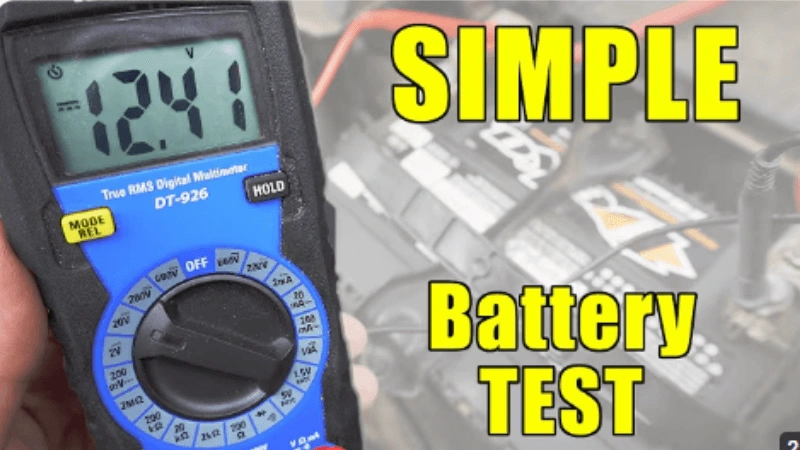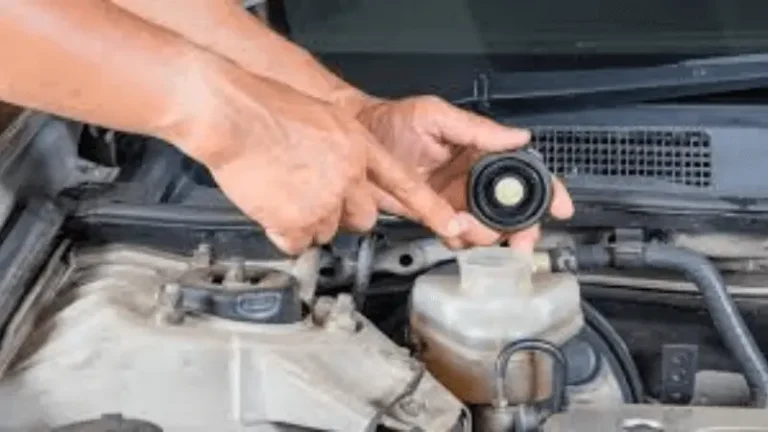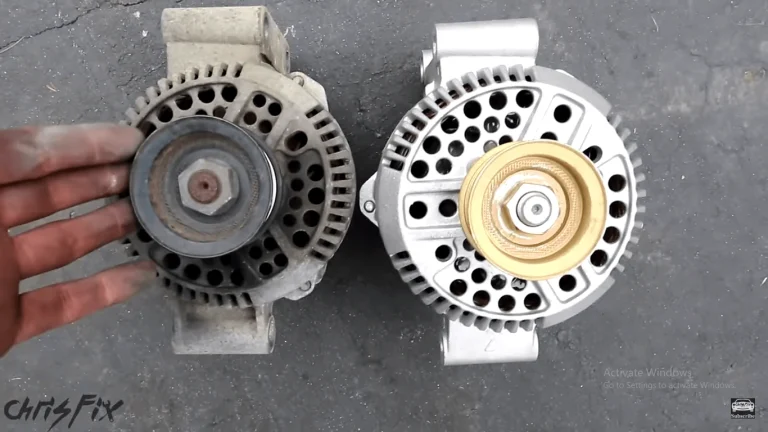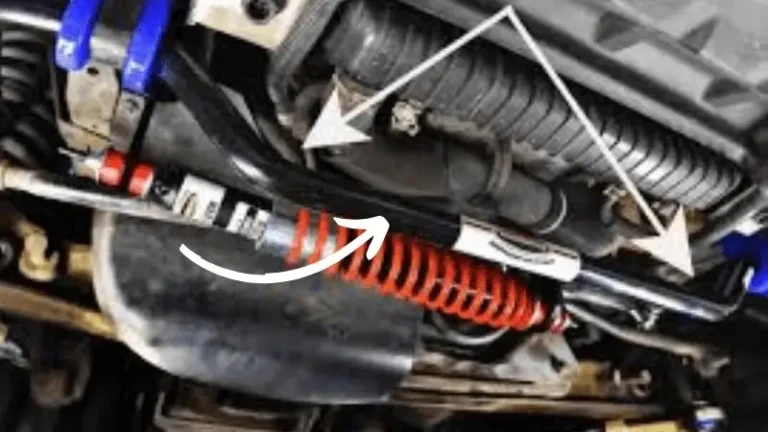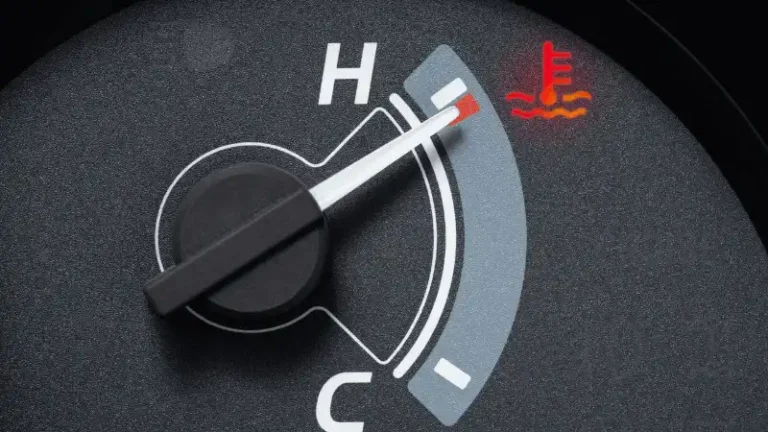Doing test a car battery test is most important as modern car batteries are the power source for your vehicle’s electrical system. They store chemical energy and supply it as electricity to start the engine and run all of the car’s electronics (radio, lights, computer systems, etc.).The mechanics guide will give you detail information.
In fact, Continental Battery notes that without a working battery, a car is “nothing more than a non-moveable hunk of plastic and metal,” since the starter motor and ignition depend on it (continentalbattery.com). The two thick cables connected to the battery send power to the starter and other systems.
In short, a healthy 12‑volt battery is critical: it cranks the engine and provides stable voltage so that lights stay bright and electronics work smoothly. A weak or dead battery can leave you stranded and also strain your alternator.
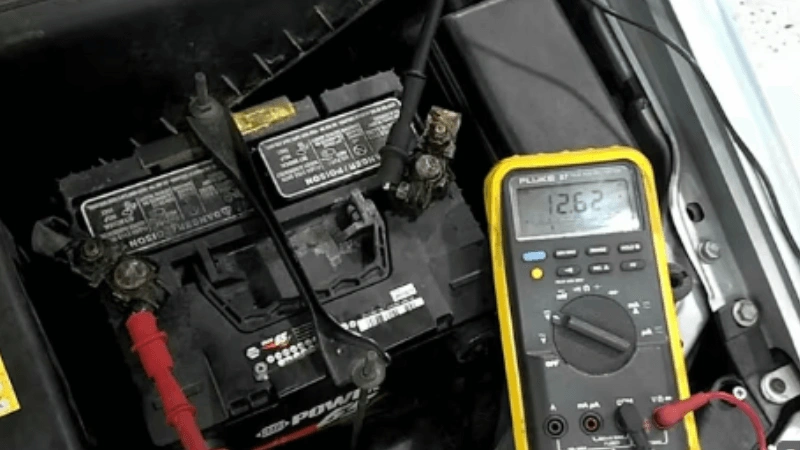
Because the battery’s health is so important, it’s wise to check it regularly. Experts recommend testing the battery at least twice a year (for example, with routine maintenance like oil. Doing so can catch problems before they strand you. In this guide, we’ll explain simple, step-by-step instructions (with common tools like a multimeter) for testing your car battery. We’ll also cover safety tips, how to read the voltage, and what to do if the battery is failing.
Safety Tips and Tools of Car Battery Test
Before you begin, keep safety first. Lead-acid batteries contain corrosive acid and can emit flammable hydrogen gas when charging, so take these precautions:
- Wear protective gear: Always put on rubber gloves and safety glasses before touching the battery. towrecoverassist.com interstatebatteries.com. Battery acid can cause burns if it splashes, and sparks can ignite hydrogen gas.
- Work in a ventilated area: Test the battery with the car off in an open or well-ventilated space (don’t smoke or light a flame nearby). Hydrogen gas is odorless but explosive in high concentration.
- Remove jewelry: Take off metal rings or watches. Even a little short circuit between a terminal and ground could cause a burn or spark. (6PERCENT)Disconnect safely. If you ever need to disconnect the battery cables, always remove the negative (-) cable first to prevent accidental short circuits. When reconnecting, hook up positive (+) first.
- Disconnect safely. If you ever need to disconnect the battery cables, always remove the negative (-) cable first to prevent accidental short circuits. When reconnecting, hook up positive (+) first.
- Inspect for corrosion. Look at the battery’s terminals for any white, green, or blue powder (corrosion). Corrosion can block the electrical connection. If you notice accumulation, plan to clean it before testing (with a baking soda-and-water mixture and a wire brush). towrecoverassist.com interstatebatteries.com. (Never touch corrosion or battery fluid directly; use a brush with a baking soda paste if cleaning.)
- Tools needed: A digital multimeter (capable of measuring 0–20 volts DC) is available at autozone.com. You’ll also need the multimeter’s probes, plus possibly a rag or brush and baking soda for cleaning. Some testers recommend keeping a memory saver hooked up (to preserve car computer settings) if you disconnect the battery, but for a simple voltage test this isn’t needed.
You can safely and effectively test the batteries if you take these steps and have the necessary instruments on hand.
Step-by-Step Battery Testing
By using multimeter to car battery test , follow the steps below. Each step is explained in plain language for DIY beginners:
- Prepare the Car: Make sure the engine is off and the keys are out of the ignition. Turn off all lights, the radio, and accessories. Ideally, do the test after the car has been parked for at least an hour. This “resting” period avoids a false high reading caused by surface autozone.com. If you just drove or ran the engine, wait a bit so the battery settles. Also remove any plastic covers over the battery posts. Make sure the vehicle is in Park (or Neutral with the parking brake engaged) and the hood is firmly open.
- Set Up the Multimeter: Turn on your multimeter and select DC voltage (V-). If it’s a dial-type meter with ranges, set the dial to the next highest range above 12V (typically “20V DC” on most meters). autozone.comus.haynes.com. This range covers 0–20 volts. If your meter just has a “DCV” setting without ranges, select that. Ensure the red probe is plugged into the voltmeter socket (often marked V or VΩ) and the black probe into the COM or ground socket. You’re now ready to measure voltage.
- Connect the Meter to the Battery: Wear your gloves and carefully touch the probes to the battery terminals. Red probe to positive (+), black probe to negative (–).Visit at: us.haynes.com. The battery posts or terminal clamps are usually color-coded (red for +, black or unpainted for –). Make sure the probes touch clean metal on the posts or clamp ends. Be careful: do not let the meter probes or any metal tools touch each other or rest on the battery top, as this could cause a short circuit. It helps to have one person hold the probes steady or use meter alligator clips if available.
- Attach the red multimeter: lead to the battery’s positive (+) terminal and the black lead to the negative (–) terminal. Keep the probes steady so they don’t slip off or touch each other.
Troubleshooting Tips
If your battery test shows trouble, here are some things to check:
- Corroded or loose connections: Corrosion or loose clamps can mimic battery failure. Check the battery cables and terminals. Use a wire brush and a baking soda solution to clean any corrosion. (disconnect negative towrecoverassist.com. Make sure the clamps are tight. Interstate Batteries explains that heavy corrosion can “stifle” the connection and make the car harder to start (interstatebatteries.com). After cleaning, test again—poor contact might have been the culprit.
- Parasitic drains or lights left on: Check that no interior lights or accessories were accidentally left on, which could drain the battery. Modern cars also have small “parasitic” draws from clocks or alarms. If a fully charged battery drains quickly overnight, it may need to be disconnected when parked or repaired.
- Alternator output: If the battery reads normal when off (12.6 V) but dips even with the engine running, the alternator may not be charging. Measure voltage at idle: if it stays near ~12V instead of ~14V, the alternator or voltage regulator is likely bad (haynes.com). The alternator can be tested at an auto shop. Remember, AutoZone notes that repeatedly jumping a bad battery can overload the alternator, so a failing alternator can damage batteries (autozone.com).
- Battery age and wear: Car batteries usually last around 3–5 years, depending on conditions (jiffylube.com). If yours is older than that or has been completely drained multiple times, its capacity may be reduced. Look at the battery’s date code or sticker (often under a flap). If it’s past 3–5 years old, replacement is prudent even if a quick test seems okay.
- Visible damage: If the battery case is cracked, swollen, or leaking, don’t try to charge or repair it—replace it. Extreme heat or cold can cause the case to bulge (jiffylube.com). A “puffy” case means internal plates have warped; the battery is unsafe and failing.
Interpreting Voltage Readings
To recap the multimeter readings:
- ~12.6 volts (or slightly higher)—Battery is fully charged. dus.haynes.com.
- 12.4–12.6 volts—About 75% charged.
- 12.2–12.3 volts – ~50% charge dus.haynes.com. (OK temporarily, but recharge soon.)
- 12.0 volts or below—Discharged, needs recharge or replacement. us.haynes.com autozone.com.
- <10.5 volts—Battery is effectively dead.
And when the car is running:
- 13.8–14.4 volts—Alternator charging properly.
- Above ~14.8 volts—overcharging (bad regulator).
- Below ~13.5 volts—undercharging (alternator issue).
If your readings fall in the bad range, you have confirmation of whether the battery, the alternator, or both need attention.
When to Replace the Battery
Watch if your battery is not in efficient condition. Replace it if these signs are obvious in your car battery:
- After fully charging, if your battery still shows below 12.6, you need to replace the battery.
- If your battery life is older than 3 years, you have lost the reliability of your battery.
- If you notice the engine cranks slowly or headlights get dim when idling, these are indications of a weak battery.
- Change the battery if it is leaking or swollen. Check the efficiency of the battery if the battery sign comes on the dashboard.

